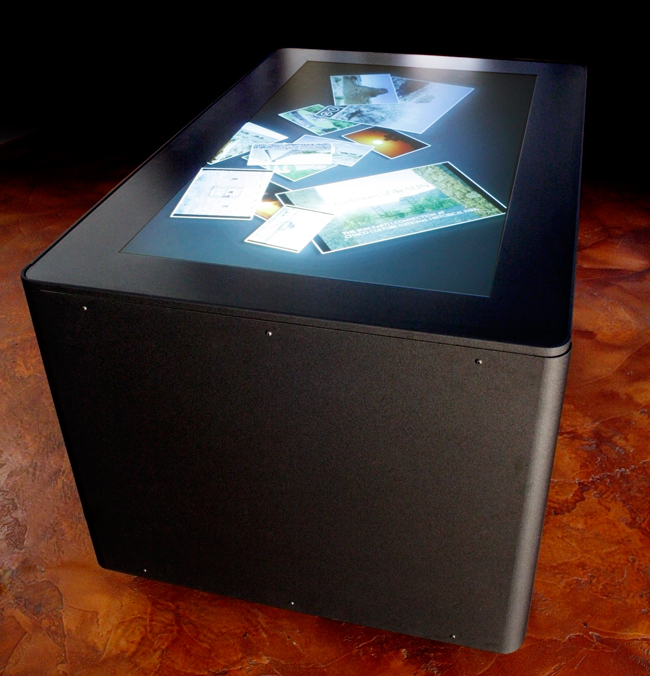
Based in Westport Co. Mayo, Ireland, We at Plastico pride ourselves in providing the highest quality range of plastics and customised fabricated products which create maximum impact at point of purchase or enhancement at point of display. Plastico's superior workmanship and ability to listen to and meet our customers needs has seen Plastico grow from strength to strength from its inception in 2005. Talk to us about your needs and we will guarantee to give you a product that both you and Plastico can be proud of.
The reason for choosing this company is that they were very helpful and professional with helping to solve my design problem. The company sent out samples in the post the first day that I contacted them and this really helped me to clarify what material I exactly needed. Another thing that I felt company excelled at compared to other companies was that the owner took time to explain the different methods for polishing edges and how other companies do a cheaper job but with less success to do do what I was looking for. In my design, one of the challenges is to maximize the light that bounces through the acrylic. One way to increase the sensibility of my prototype is to have the edges buffed to a polished edge so that I have the maximum amount of light being used from the IR LED's. I will take photos of the acrylic when it gets delivered.
.png)












